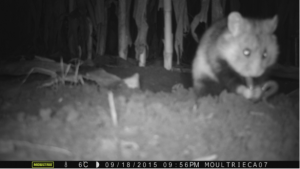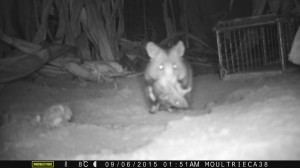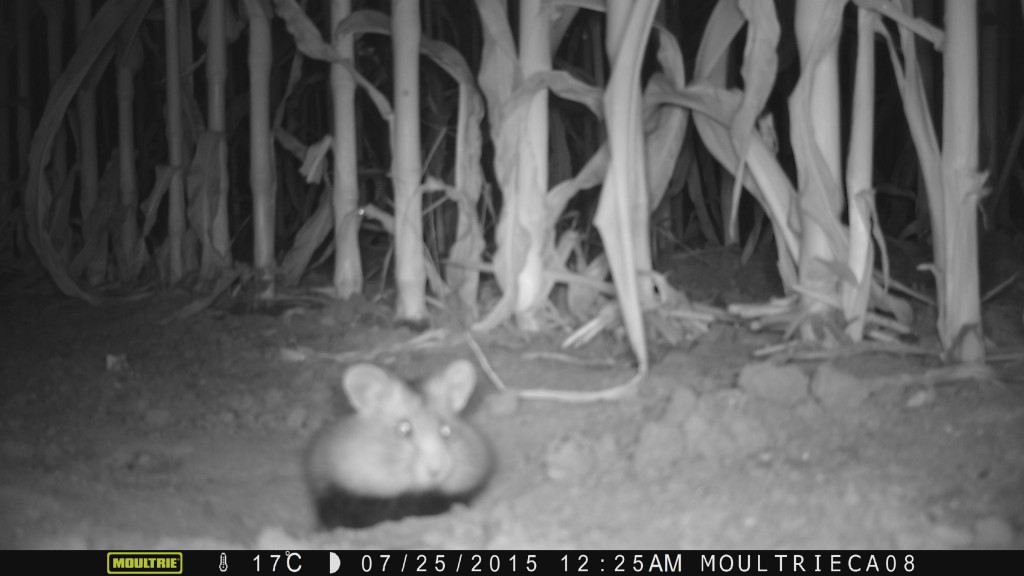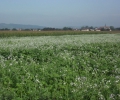The European Hamster’s diet
10 mai 2016The European Hamster is omnivorous; it eats everything! Cultivated vegetables (wheat, rye, oats, cabbage, tobacco, beets, maize, etc.) are just as important in its diet as wild plants (coltsfoot, thistles, field blindweed, poppies, ribwort, quackgrass, etc.) and small animals (up to 15%).
Old articles speak about diverse invertebrate making up its food, such as snails, earthworms, beetles and caterpillars, as well as other animals such as lizards, young birds (larks, pheasants and quail) and small rodents that had been found in their burrows.
The surveillance we had put in place on the LIFE Alister Project experimental plots since 2014 has also allowed us to check the truth of what we had read.
Our photographic traps, set up at the edges of the European Hamsters’ burrows, gave us some great views !
Let’s not forget that a hamster’s home range is 0.44 ha for a female and 1.9 ha for a male, and that they must find varied food within this perimeter. Research carried out in the LIFE ALISTER project thus tends to find agricultural practices which promote this type of alimentary wealth and diversity.
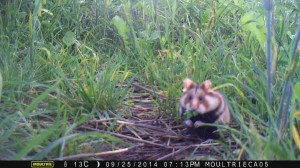
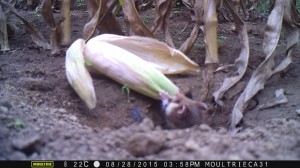
Hamsters eating plants
Hamsters eating an earthworm and a field mouse
The average consumption of a hamster is approximately 15g per day, but that depends on several parameters such as food, seasonal nutritional needs and the sex of the animal. They rarely eat on-site, preferring to transport food to their burrows, using their jowls, where 40 to 80g of food can be stored on each trip. They fill up their jowls by little internal tongue movements and empty them with sharp squeezing movements using their back feet.
Hamsters with jowls that are full!

